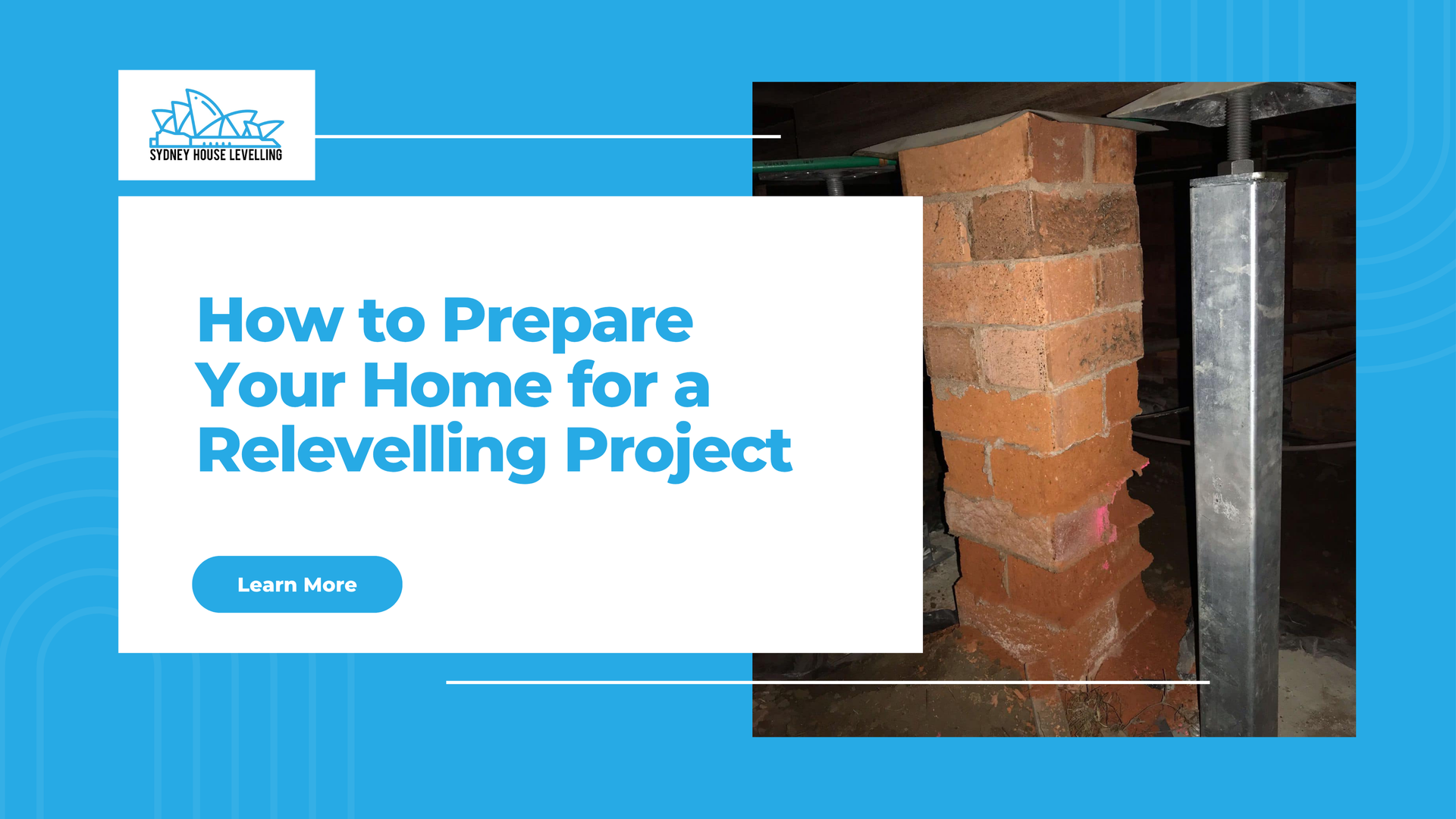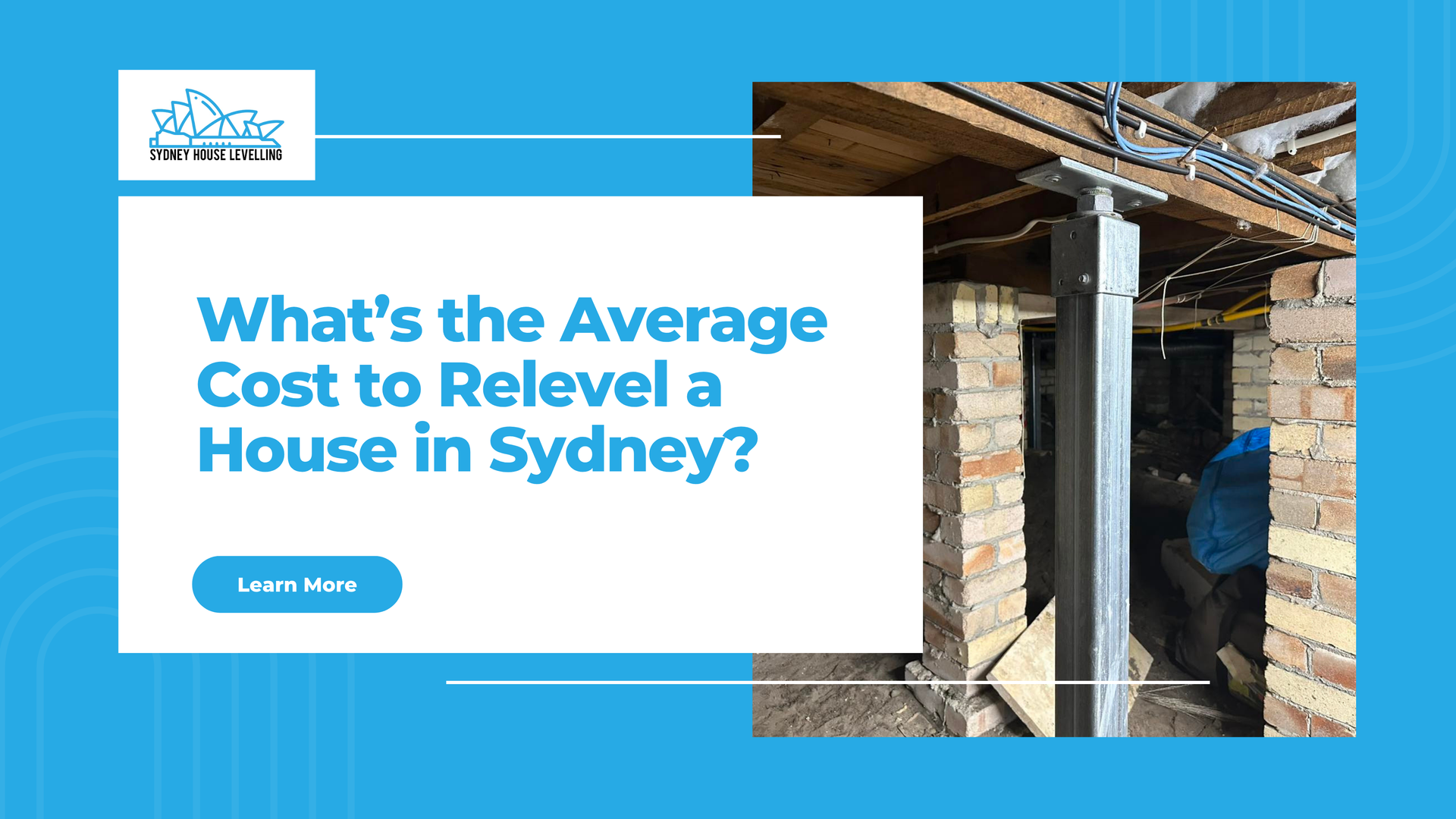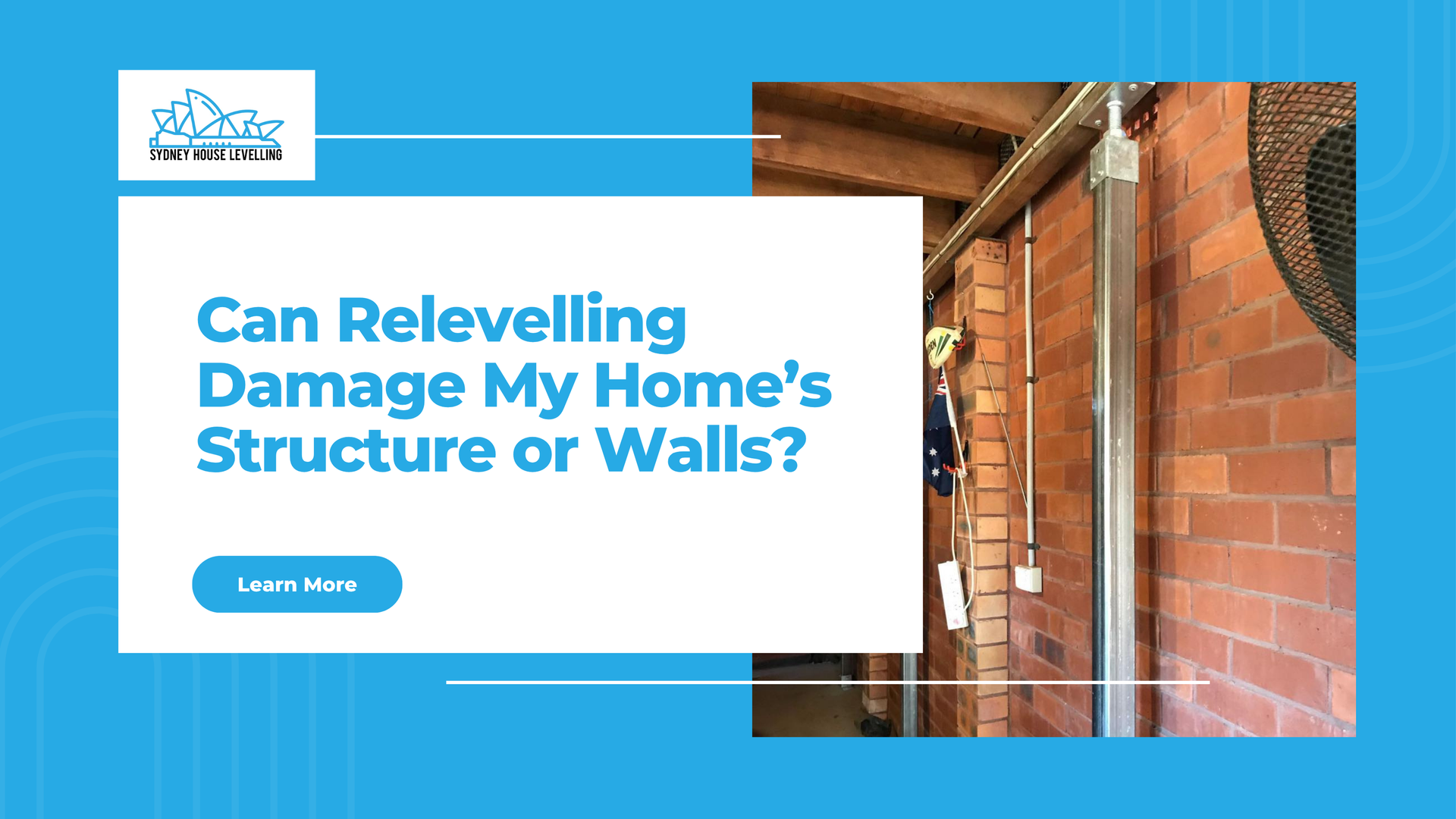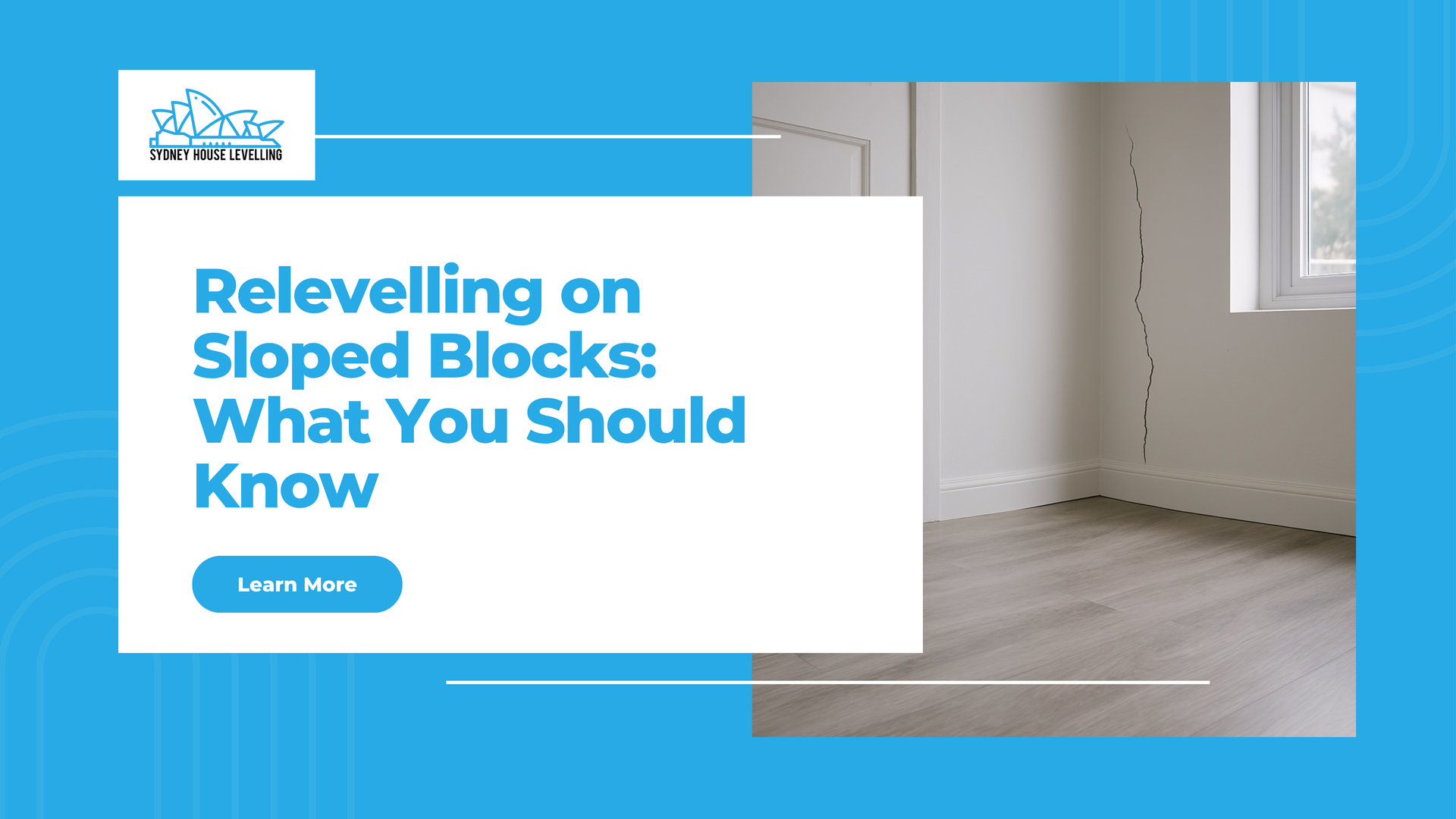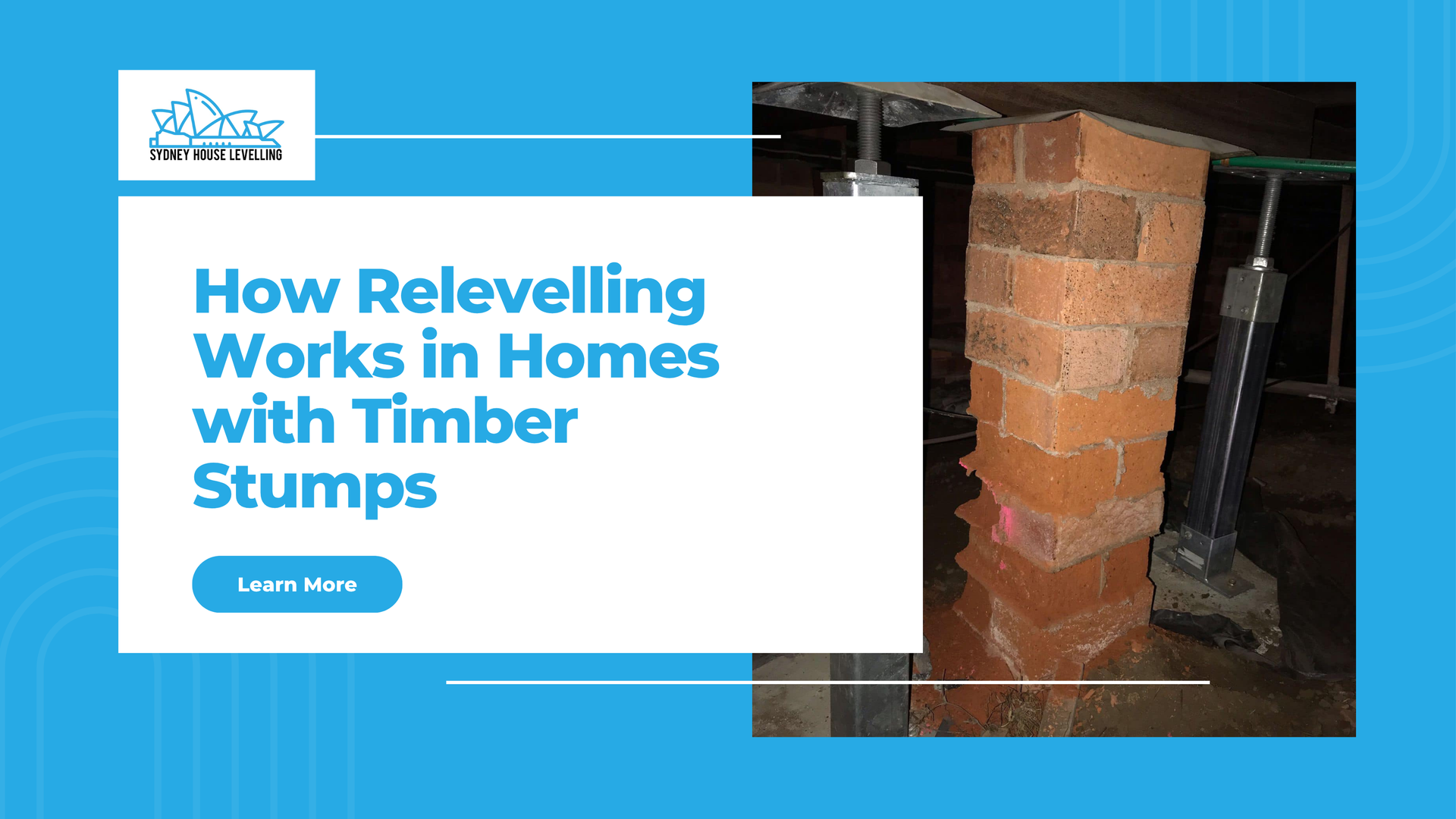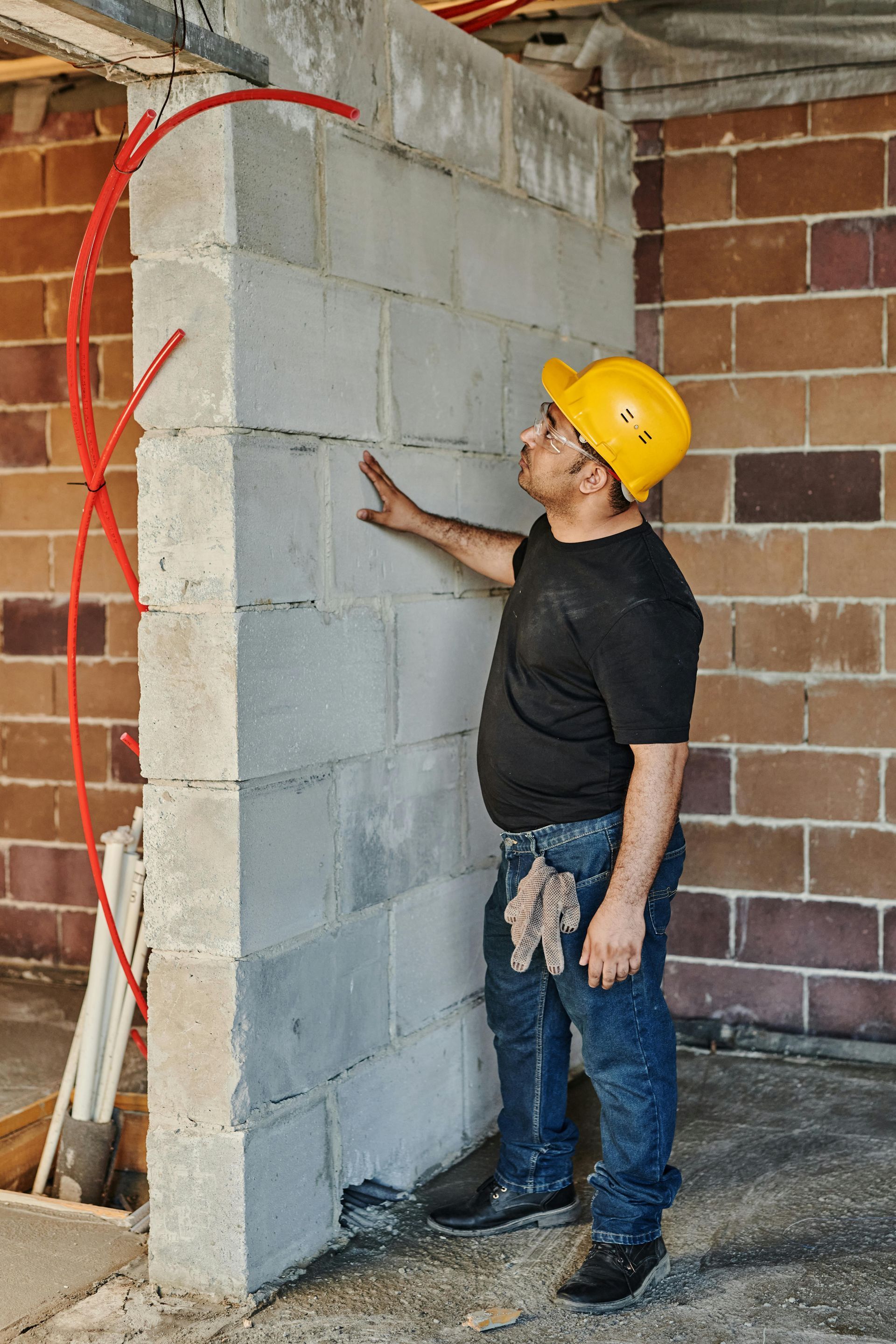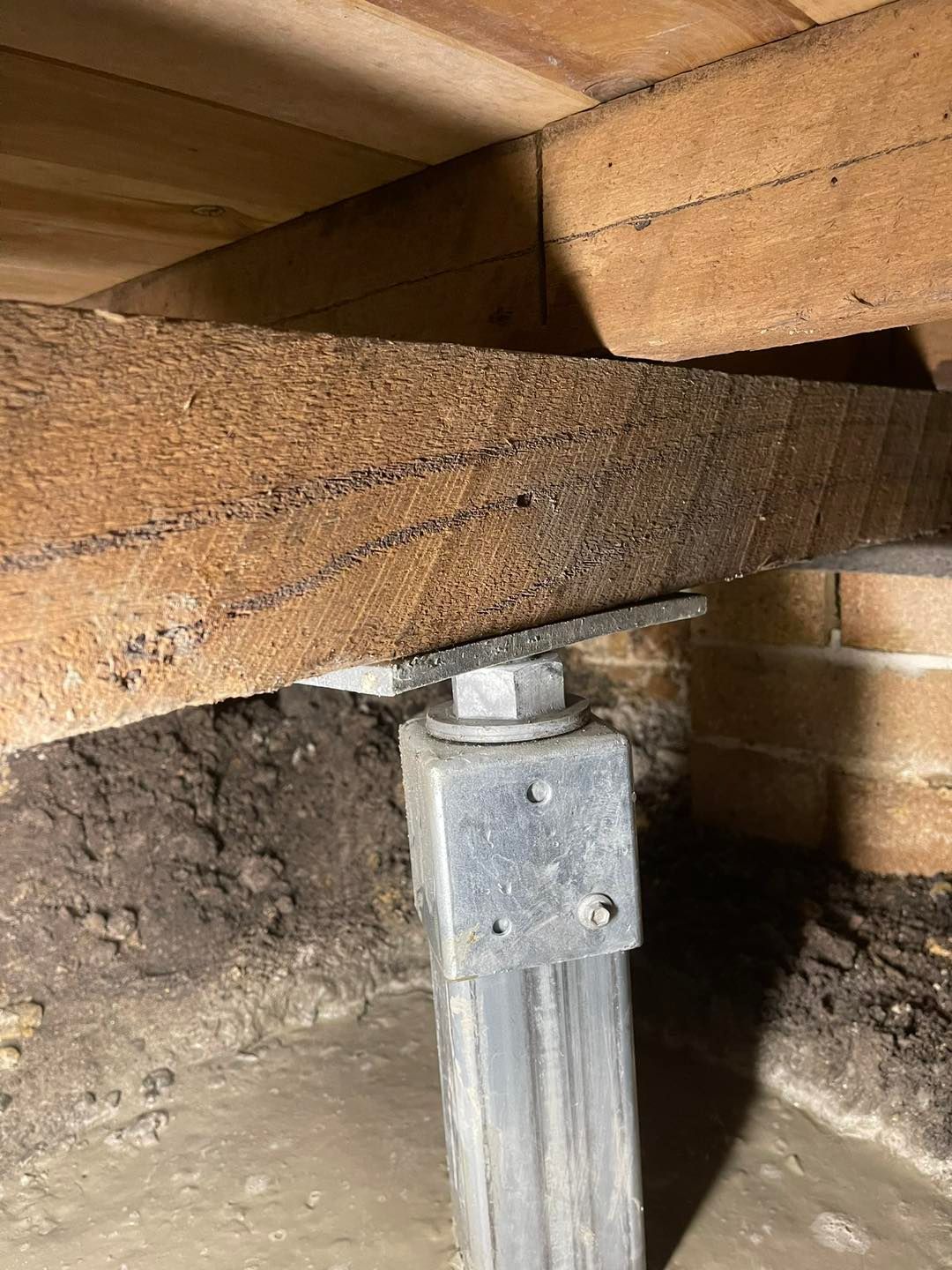House Levelling for Brick Homes – Special Considerations
House Levelling for Brick Homes – Special Considerations
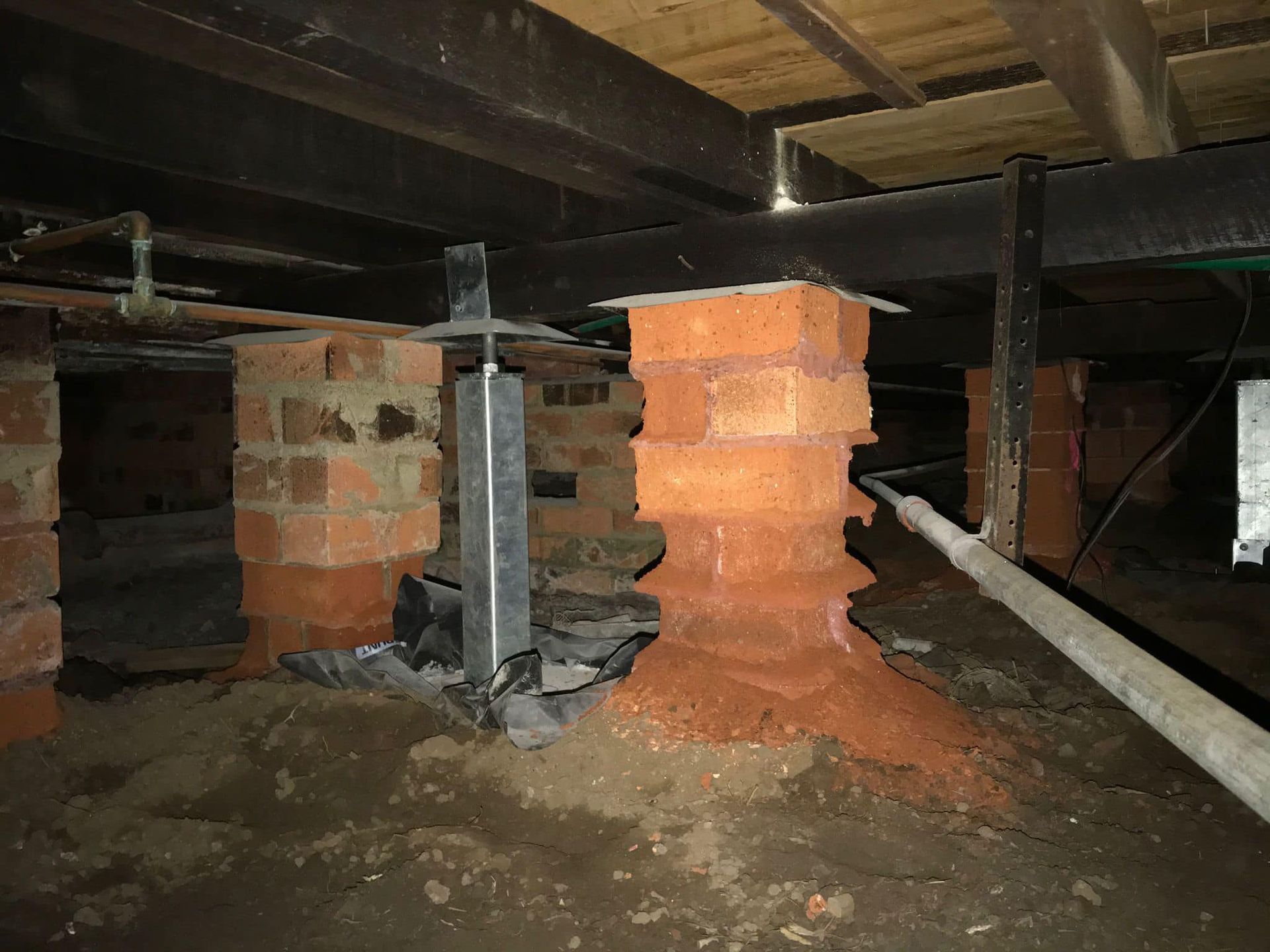
Brick homes are built to last. They’re solid, durable, and can handle a fair bit of weather and time. But even the sturdiest homes aren’t immune to movement — especially in parts of Sydney where reactive clay soils or poor drainage are common. When that happens, house levelling isn’t just a nice-to-have — it’s essential.
But levelling a brick home comes with its own set of challenges. It’s not the same as lifting a timber cottage or adjusting subfloor stumps. Here’s what you need to know.
Why Brick Homes Are Different
Unlike weatherboard or timber homes, brick homes are heavier and more rigid. That makes any movement more noticeable — and potentially more damaging.
1. Cracks Are Harder to Hide
Brick and mortar don’t flex. So when the foundation shifts, cracks appear — fast. You’ll often see:
- Horizontal or diagonal cracks in brickwork
- Gaps in mortar joints
- Cracks near windows or door lintels
These cracks aren’t just cosmetic. They’re usually a sign of underlying foundation movement that needs structural levelling.
2. Heavier Load = Higher Risk
Because bricks are dense and heavy, even minor sinking or soil movement under the slab or piers can cause major structural stress. The weight distribution has to be carefully managed when doing any kind of house levelling.
3. Slabs or Footings Can Crack
Many brick homes are built on concrete slabs or strip footings. If the ground underneath shifts, the slab can crack or tilt, causing uneven floors or structural instability. Fixing this often involves underpinning — a specialised method of strengthening or re-supporting the foundation.
Special Considerations During House Levelling
Levelling a brick home isn’t a quick jack-and-pack job. Here’s what our team takes into account:
Assessing the Cause
Before anything gets lifted, we find the source of the movement — whether it’s water runoff, tree roots, poor drainage, or soil type. Fixing the cause helps ensure the problem doesn’t come back.
Minimising Brick and Mortar Damage
We take a cautious, measured approach to lifting. Sudden or uneven lifting can cause more cracking. Precision is key, and we monitor the structure continuously during the process.
Using the Right Method
For brick homes, underpinning is often the go-to. This involves reinforcing the foundation with deep concrete or screw piles to stabilise and level the structure. In some cases, floor levelling may also be used internally if the slab surface has shifted slightly.
Repairs After Levelling
Once the home is relevelled, we recommend professional brick repointing and crack stitching to restore strength and appearance to affected walls.
Is House Levelling Worth It for Brick Homes?
Absolutely. Leaving foundation issues unchecked in a brick home can lead to serious long-term damage — from compromised wall integrity to structural failure. Getting it sorted early:
- Prevents worsening cracks
- Protects the value of your property
- Restores safe, even flooring and wall alignment
- Avoids costly repairs down the track
Need an Expert Opinion?
If you own a brick home and are seeing cracks, gaps, or signs of uneven floors, don’t wait it out. At Sydney House Leveling, we specialise in careful, precise levelling tailored to brick and masonry structures.
We offer:
- Free structural assessments
- Detailed quotes and levelling plans
- Proven results for homes all across Sydney
Let’s get your brick home back on level ground — safely and properly.

